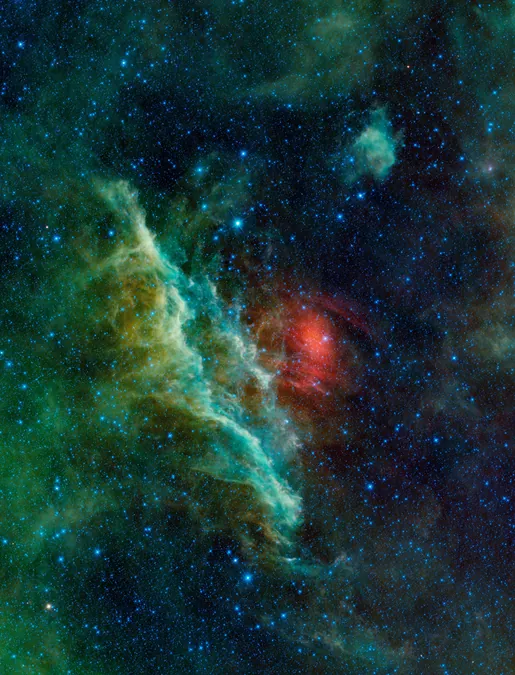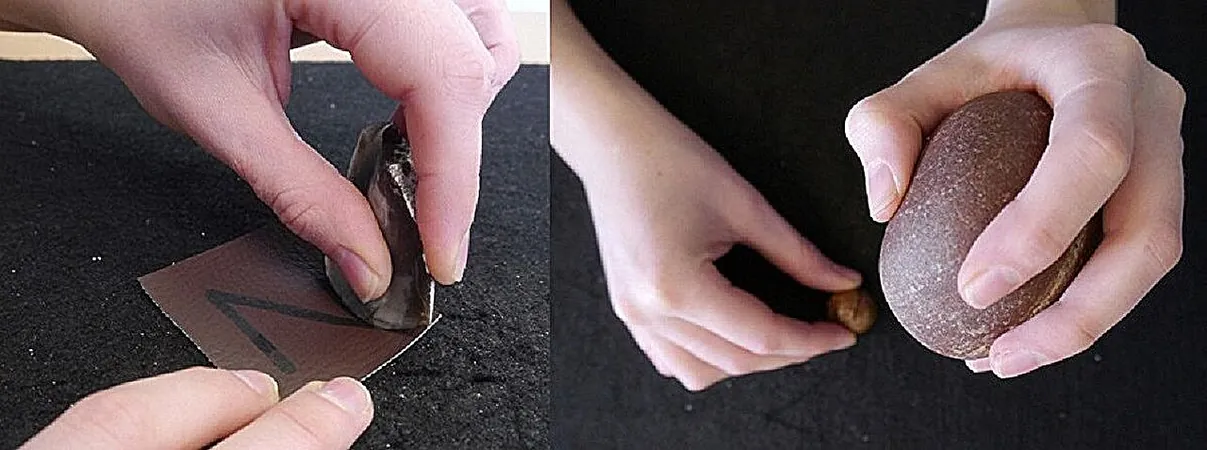
Unveiling NEOWISE: The Final Data Drop and Stunning Cosmic Discoveries
2024-11-26
Author: Arjun
NASA's NEOWISE Mission Concludes, Leaving a Lasting Legacy
NASA's NEOWISE mission has officially concluded, but its legacy is set to continue making astronomical waves. On November 14, 2024—just two weeks following the mission's end on November 1—a wealth of final data became available to the global astronomy community. This remarkable release includes over 26 million images and nearly 200 billion celestial sources, ensuring that the NEOWISE legacy will be preserved for years to come.
A Comprehensive Survey of the Cosmos
Originally launched in 2009 as the Wide-field Infrared Survey Explorer (WISE), NEOWISE began its asteroid-hunting operations in 2013. Over its 15-year lifespan, this infrared telescope meticulously surveyed the night sky, completing an impressive 21 comprehensive sky surveys. With its focus on identifying near-Earth objects (NEOs)—including asteroids and comets—the NEOWISE telescope has reshaped our understanding of our cosmic neighborhood.
A New Dimension in Time-Domain Science
What sets NEOWISE apart is its ability to continuously monitor the same areas of the sky. Most regions were observed at least 220 times, allowing astronomers to detect changes in brightness and location of celestial bodies over time. "This repeated observation has opened a new avenue for time-domain science," remarked Joe Masiero, Research Scientist at IPAC and Deputy Principal Investigator of NEOWISE. "It's a view into the ever-evolving nature of the cosmos."
Characterizing Near-Earth Objects and More
During its mission, NEOWISE characterized more than 3,000 NEOs, approximately 10% of all known asteroids, and provided insights into enigmatic celestial objects like brown dwarfs. One of the last NEOs to be observed—2007 LV8—was tracked over 100 times in the final phase of the mission, underscoring NEOWISE's comprehensive approach to sky observation.
Stunning Images of Cosmic Dust
A highlight of the final image drop includes six breathtaking new images that showcase previously overlooked regions of cosmic dust where stars are born. Among these is a stunning portrayal of the California Nebula, a luminous dust cloud in the Milky Way, about 1,000 light-years away, named for its resemblance to the Californian coastline. "This image serves as a tribute to the dedication of our team," said Masiero, expressing gratitude for the efforts made to produce these invaluable datasets.
The Future of NEOWISE Data
What's next for NEOWISE? The treasure trove of data promises to keep astronomers engaged for years as they unravel the intricate stories hidden within the collected images. Yuna Kwon, an IPAC archive scientist and solar system astronomer, is already diving into the NEOWISE databases to advance her research on comets. Leading a project called COSINE, she's excited to explore insights about the formation and evolution of our solar system through these primitive objects. "Comets are like cats—they often follow their whims," Kwon said, emphasizing the uniqueness of studying these wandering bodies.
Continued Exploration and Discoveries Await
As new missions and tools emerge, the NEOWISE data archive will continue to be a vital resource for astronomers worldwide. With groundbreaking discoveries waiting to be made, the legacy of NEOWISE may just be beginning. Researchers are hopeful that the wealth of data will lead to new findings and a deeper understanding of our universe.
Conclusion
Stay tuned for further updates on NEOWISE's ongoing impact in the world of astronomy, and prepare to be astounded by what these celestial secrets will unveil next!




 Brasil (PT)
Brasil (PT)
 Canada (EN)
Canada (EN)
 Chile (ES)
Chile (ES)
 España (ES)
España (ES)
 France (FR)
France (FR)
 Hong Kong (EN)
Hong Kong (EN)
 Italia (IT)
Italia (IT)
 日本 (JA)
日本 (JA)
 Magyarország (HU)
Magyarország (HU)
 Norge (NO)
Norge (NO)
 Polska (PL)
Polska (PL)
 Schweiz (DE)
Schweiz (DE)
 Singapore (EN)
Singapore (EN)
 Sverige (SV)
Sverige (SV)
 Suomi (FI)
Suomi (FI)
 Türkiye (TR)
Türkiye (TR)